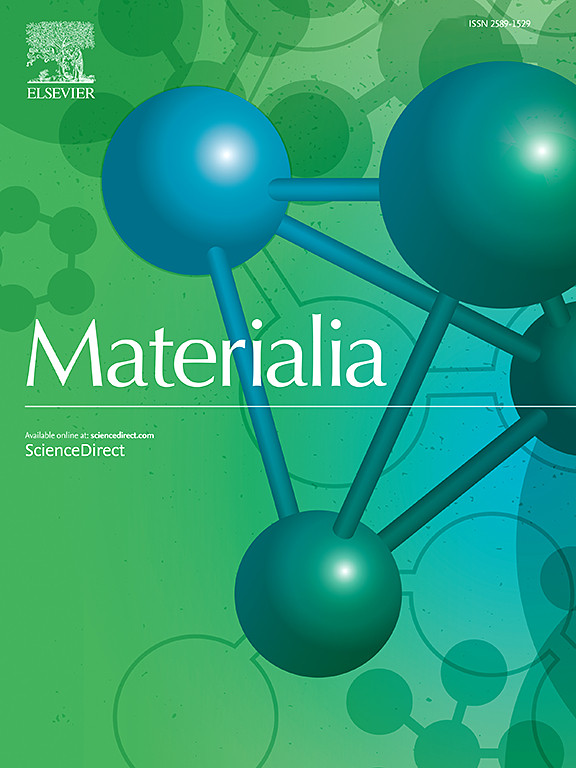Comparative study on quarry waste, manufactured sand, quarry dust as river sand replacement in cement mortar: Mechanical characteristics, durability, and eco-benefit
IF 3
Q2 MATERIALS SCIENCE, MULTIDISCIPLINARY
引用次数: 0
Abstract
Masonry construction, a time-tested method, remains relevant due to its exceptional durability, strength, fire resistance, and low maintenance requirements. However, conventional practices often rely on river sand, a resource with environmental drawbacks like disrupted ecosystems and riverbed depletion. This research investigates the potential of quarry waste, manufactured sand (M-sand), and quarry dust as sustainable replacements for river sand in cement mortar. The study analyzes the impact of these alternatives on the hardened mortar's physical, mechanical, and durability properties. The results indicate that quarry waste exhibits improved water absorption and strength compared to river sand mortar, albeit with slightly reduced durability and increased density. M-sand offers lower water absorption and enhanced durability but marginally lower strength. Quarry dust, while reducing embodied energy and CO2 emissions significantly, performs poorly in strength and durability. Quarry waste substantially reduces energy consumption and CO2 emissions while maintaining acceptable strength and durability. Utilizing quarry by-products, M-sand, or a combination of these alternatives can minimize environmental damage caused by river sand extraction. Quarry waste is a promising option due to its improved strength, durability, and lower environmental impact than conventional river sand.

采石场废弃物、人造砂、采石场粉尘在水泥砂浆中替代河砂的比较研究:力学特性、耐久性和生态效益
砌体建筑是一种久经考验的方法,由于其卓越的耐久性、强度、防火性和低维护要求而保持相关性。然而,传统的做法往往依赖于河沙,这种资源具有生态系统破坏和河床枯竭等环境缺陷。本研究探讨了采石场废物、人造砂(m砂)和采石场粉尘作为水泥砂浆中河砂的可持续替代品的潜力。该研究分析了这些替代品对硬化砂浆的物理、机械和耐久性性能的影响。结果表明,与河砂砂浆相比,采石场废弃物具有更好的吸水性和强度,尽管耐久性略有降低,密度略有增加。m型砂具有较低的吸水性和增强的耐久性,但强度略低。采石场粉尘虽然显着减少了蕴含的能量和二氧化碳排放,但在强度和耐久性方面表现不佳。采石场废物大大减少能源消耗和二氧化碳排放,同时保持可接受的强度和耐久性。利用采石场副产品、m砂或这些替代品的组合可以最大限度地减少河砂开采对环境造成的破坏。采石场废料是一种很有前途的选择,因为它比传统河砂具有更高的强度、耐久性和更低的环境影响。
本文章由计算机程序翻译,如有差异,请以英文原文为准。
求助全文
约1分钟内获得全文
求助全文
来源期刊

Materialia
MATERIALS SCIENCE, MULTIDISCIPLINARY-
CiteScore
6.40
自引率
2.90%
发文量
345
审稿时长
36 days
期刊介绍:
Materialia is a multidisciplinary journal of materials science and engineering that publishes original peer-reviewed research articles. Articles in Materialia advance the understanding of the relationship between processing, structure, property, and function of materials.
Materialia publishes full-length research articles, review articles, and letters (short communications). In addition to receiving direct submissions, Materialia also accepts transfers from Acta Materialia, Inc. partner journals. Materialia offers authors the choice to publish on an open access model (with author fee), or on a subscription model (with no author fee).
 求助内容:
求助内容: 应助结果提醒方式:
应助结果提醒方式:


